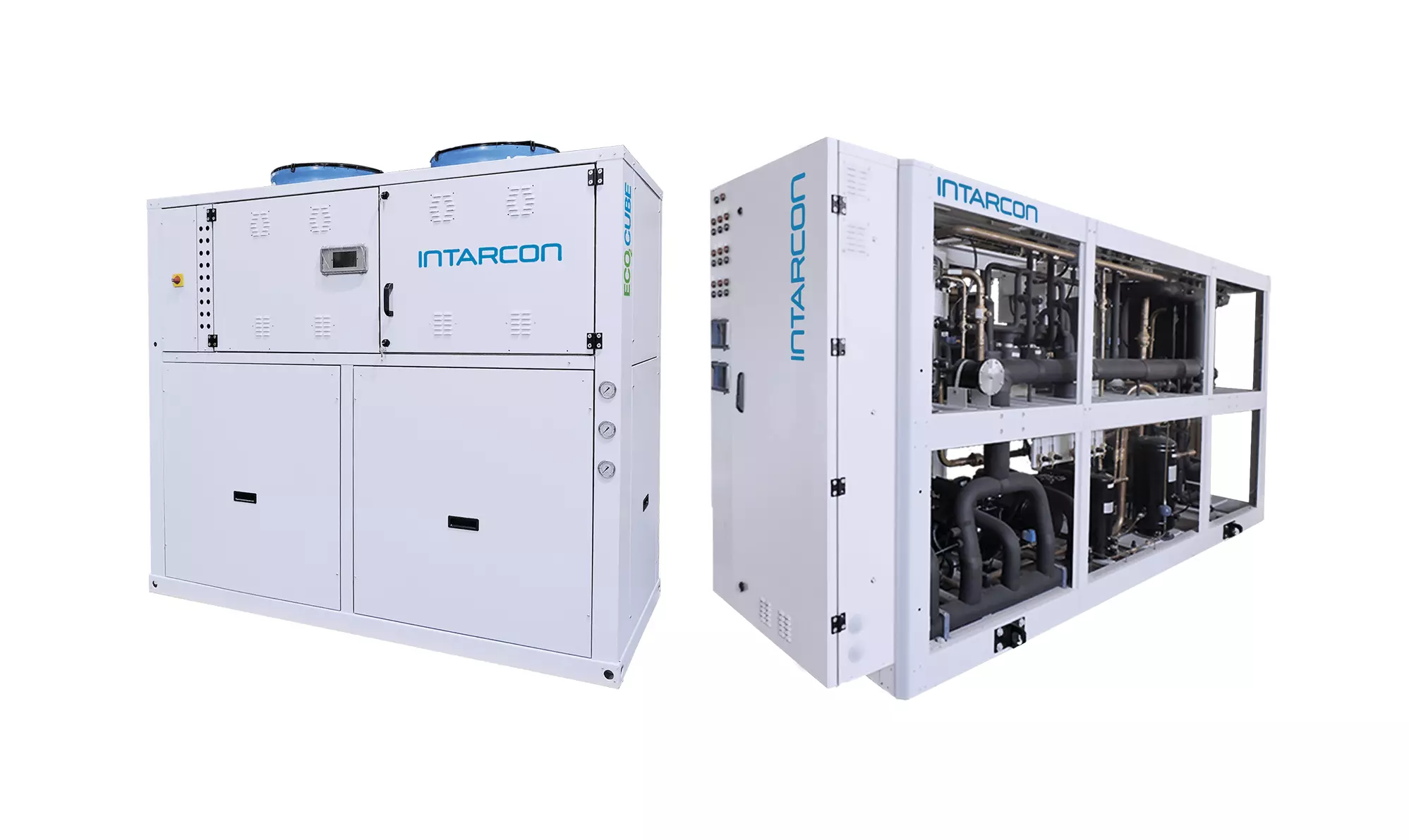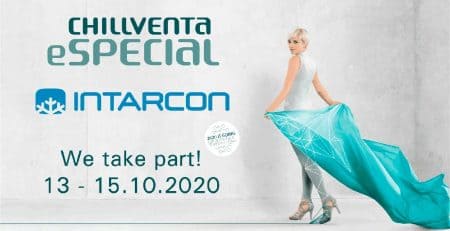The sustainable future of refrigeration, why R744 or CO2?
In the world of refrigeration, the search for more efficient and sustainable solutions has led to a growing popularity of refrigerant R744 or CO2, also known as supercritical carbon dioxide. As we move forward in 2023 and in the coming years, the R744 or CO2 has established itself as a promising alternative to traditional refrigerants due to its characteristics in refrigeration, efficiency, performance and compliance with environmental regulations. In this article, we will know why the use of R744 refrigerant is beneficial and what advantages its application in facilities.
What is R744 or CO2?
The refrigerant R744 or CO2, also known as carbon dioxide, is a natural refrigerant that is increasingly being used in refrigeration and air conditioning systems. R744 has a number of advantages over traditional refrigerants, including its low environmental impact, high energy efficiency and wide working temperature range.
R744 is a natural refrigerant found in the atmosphere. It is a colorless, odorless and tasteless gas. R744 is non-flammable and non-toxic. In addition, it has a global warming potential (GWP) of 1, which is much lower than traditional refrigerants, such as R134a or R410a, which have a GWP of 1430 and 2088 respectively.
The refrigerant R744 or CO2 has unique thermodynamic properties that make it ideal for refrigeration. When in a supercritical state, CO2 has a high density and a critical point at 31.1 °C and 72.9 bar, which gives it excellent heat transfer capacity and energy efficiency. This is because it has a higher boiling point than traditional refrigerants, allowing less powerful heat pumps to be used. In addition, its coefficient of performance (COP) is comparable to, and even higher than, other widely used synthetic refrigerants such as R134a and R404A. This feature makes R744 an attractive option for refrigeration applications in different industries.
Applications of R744 or CO2
R744 refrigerant has demonstrated outstanding performance in a variety of refrigeration applications. It is particularly suitable for high and medium temperature refrigeration systems in:
- Commercial refrigerators.
- Refrigerated transport systems.
- Industrial applications.
- Heat pumps for heating and cooling in buildings.
Its wide range of applications makes it a versatile and adaptable solution to diverse needs.
Benefits of using R744 or CO2
R744 or CO2 is the refrigerant of the future and is destined to gradually replace traditional refrigerants in the coming years. Presenting a number of benefits over traditional refrigerants, including its, its high energy efficiency and its wide working temperature range. The R744 is a more sustainable and efficient option for the future, we can highlight in addition to the above that is:
- Low environmental impact. The low environmental footprint of R744 helps companies comply with regulations and reduce their impact on climate change, improving their image and sustainability.
- High energy efficiency. The high thermodynamic performance of R744 translates into lower energy consumption, which translates into long-term savings in operating costs.
- Wide working temperature range.
- Non-flammable and non-toxic.
- It is a refrigerant that is easy to recycle.
- R744 is an economically affordable refrigerant.
- Longer equipment life. The use of R744 can extend the service life of refrigeration equipment due to its non-corrosive properties and reduced compressor stress.
- Better temperature control. R744 or CO2 provides more precise temperature control and is highly sensitive to thermal load demands, which improves the quality of the stored product.
- Compatibility with existing systems. R744 can be retrofitted to existing refrigeration systems through modifications and upgrades, making it easy to adopt.
As we move towards a more sustainable future, R744 will surely remain a key player in the field of refrigeration.
Regulatory Compliance and Environmental Aspects
One of the main drivers for the adoption of R744 or CO2 refrigerant is its low environmental footprint. As the world moves towards greater awareness of climate change and environmental protection, traditional refrigerants containing hydrofluorocarbons (HFCs) are gradually being replaced by greener alternatives. R744 has a Global Warming Potential (GWP) of 1, meaning that it does not contribute significantly to global warming when released into the atmosphere. In comparison, common HFCs can have GWPs several thousand times higher.
In addition, the R744 or CO2 refrigerant complies with the strictest regulations on refrigerants. For example, in the European Union, the F-Gas Regulation gradually bans the use of certain refrigerants with high GWP, which has led to increased interest in alternatives such as R744. Its non-flammable and non-toxic nature also increases its attractiveness in terms of safety and regulatory compliance.
What will the use of R744 or CO2 give us in the next years?
An Innovative Approach to Sustainability
The R744 or CO2 refrigerant is gaining momentum in the refrigeration industry due to its key role in the circular economy. The circular economy is a concept that seeks to minimize waste and maximize the reuse and recycling of resources. The R744 or CO2, as a natural refrigerant, can play an essential role in this sustainable and revolutionary paradigm.
Refrigerant Recovery and Reuse
One of the most outstanding features of R744 in terms of circular economy is its ease of recovery and reuse. Unlike many synthetic refrigerants, CO2 can be captured and recycled for use in new refrigeration systems or existing systems. This avoids unnecessary release of greenhouse gases and reduces dependence on the production of new refrigerants.
Low Power Refrigeration with Renewable Energy
Another novel aspect of R744 is its compatibility with low-power cooling systems and renewable energy. Since CO2 is capable of operating at low pressures, it is feasible to use renewable energy sources, such as solar panels or wind turbines, to power refrigeration systems. This opens up new opportunities to create fully sustainable and decentralized refrigeration facilities, reducing dependence on the conventional power grid.
CO2 Capture Potential
In addition to being a refrigerant, R744 also shows great potential for carbon dioxide capture and storage (CCS). This quality presents a unique opportunity to mitigate the impact of CO2 emissions in other industries. The use of R744 in refrigeration applications can drive further research in carbon capture and storage, contributing to the fight against climate change globally.
Refrigeration in Sustainable Agriculture Projects
The use of R744 or CO2 refrigerant has also found innovative applications in sustainable agriculture. Refrigeration plays a critical role in the food supply chain, and the adoption of R744-based refrigeration systems can improve the preservation of agricultural products and reduce food waste, a critical problem today. By providing an optimal storage environment, R744 can extend the shelf life of produce and ensure year-round availability.







